#megapterygius
Explore tagged Tumblr posts
Text
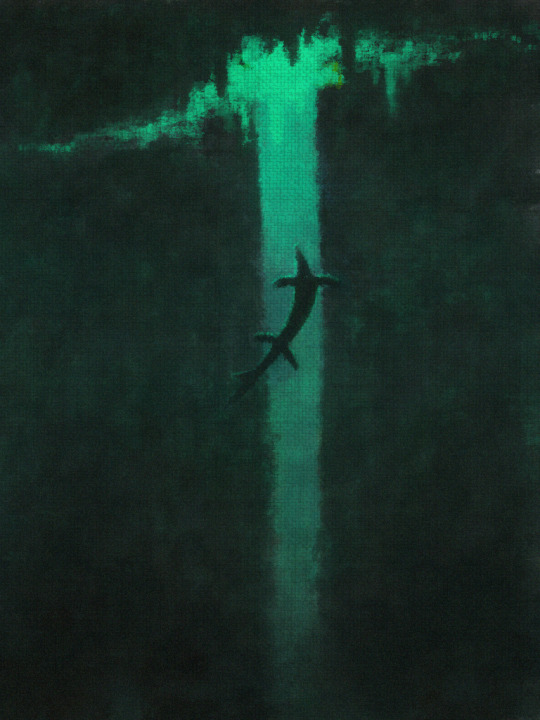
Limelight
Fingerpainted Ibispaint X,
Thur 21 Dec 2023
A lone megapterygius (newly discovered mosasaur) basks in the limelight while exploring an underwater cavern. A quick concept that I decided to blotch out for fun, I may attempt it again in the future
#art#illustration#paintings#sciart#paleoart#paleontology#dinosaurs#monsters#birds#kaiju#mosasaurus#aquaticreptile#megapterygius#mosasaurs
5K notes
·
View notes
Text

New mosasaurs dropped! Megapterygius, is a Japanese, derived mosaurus, roughly 7 m long.
It has three quite interesting features: it's rather complete it has hindlimbs longer than forelimbs and has potentially evidence for a dorsal fin

1K notes
·
View notes
Text

Megapterygius wakayamaensis, a recently described mosasaurine, breaks the surface in between it’s casual cruising.
470 notes
·
View notes
Text

Most mosasaurs all had very similar body plans: they were streamlined scaly monitor-lizard-like marine reptiles with four rounded paddle-shaped flippers, and many of them also had large shark-like tail fins.
But Megapterygius wakayamaensis here seems to have been doing something a bit different.
Living towards the end of the Cretaceous, about 72 million years ago, in the waters covering what is now western Japan, this mosasaur was around the size of a modern orca, roughly 6m long (~20').
Unlike other known mosasaurs its flippers were huge, bigger than its own head and distinctively wing-shaped, with the back pair being larger than the front. This is an arrangement oddly reminiscent of the unrelated plesiosaurs, and may suggest a convergent sort of highly maneuverable "underwater flight" swimming ability – but unlike plesiosaurs Megapterygius also still had a powerful fluked tail, so how exactly all of its fins worked together is still unknown.
It's also the first mosasaur known to preserve potential evidence of a dorsal fin. Some of its back vertebrae show a change in orientation at the point where a fin base would be expected to be, closely resembling the vertebrae shape of cetaceans like the modern harbor porpoise.
—
NixIllustration.com | Tumblr | Patreon
#science illustration#paleontology#paleoart#palaeoblr#megapterygius#mosasauridae#mosasaur#squamata#lizard#lepidosauria#reptile#marine reptile#art#congrats to the artists who put speculative dorsal fins on their mosasaurs before this
603 notes
·
View notes
Text
Megapterygius
welcome to the world Megapterygius! congratulations to Konishi et al., (2023) on the publication!
im going to be trying out more artistic paleoart going into the new year
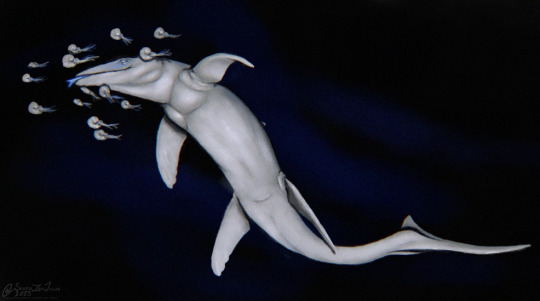
#paleontology#paleoart#digital art#digital artwork#artists on tumblr#palaeoart#digital illustration#id in alt text#sciart#mosasaur#Megapterygius#artistic paleoart#marine reptile
107 notes
·
View notes
Text

Megapterygius wakayamaensis
23 notes
·
View notes
Text

Megapterygius wakayamaensis
12 notes
·
View notes
Text
Oh boy...


Hello
therians, if you have multiple theriotypes; what is your smallest one and ur largest one??
i'll go first ! ! my smallest . . . . . . . . . . . . . . . . . . . . . . . . my largest


harvest mouse. . . . . . . . . . . . . . . . . . . leucistic lion
#ligia exotica vs ... mosasaurus... something. unsure on exact species yet. it's between m. lemonnieri and megapterygius wakamayaensis#this is neither of those I think but it is closer in size to lemonnieri#addon#therian#alterhuman#hold on wait I'm loving all the conceptkin in the tags. yes I suppose a thunderstorm is a very large species I've never thought about it
431 notes
·
View notes
Text
Mater
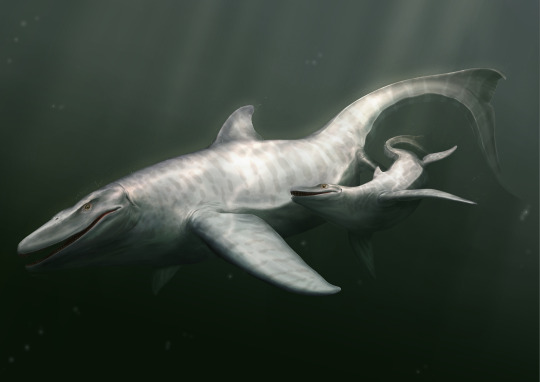
A 1-month-old Megapterygius Wakayamaensis wandering about the sea with his mother.
Megapterygius Wakayamaensis is an Mosasaurine that recently discovered in Toyajo Formation, Wakayama, Japan. Its name is derived from Ancient Greek meaning Large Wing-shape flippers.
#digital painting#illustration#paleoart#art#digital illustration#digitalart#paleoillustration#paleontology#design#nature
242 notes
·
View notes
Text

Megapterygius, a recently named Japanese mosasaur, cruises around the open ocean.
140 notes
·
View notes
Text
Unless you are me please don't press other without suggesting anything. If the "other" option doesn't win I will put any suggestions in future polls.
9 notes
·
View notes
Text
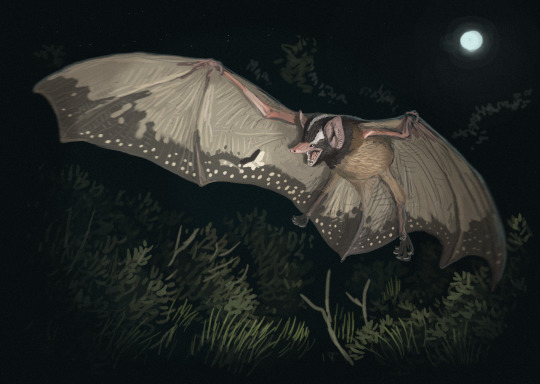
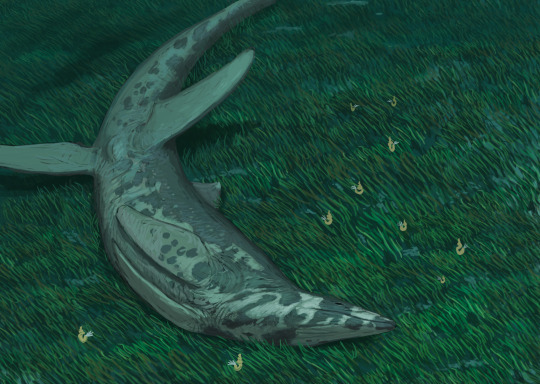


Results from the #paleostream
Synemporion, Megapterygius, Neosclerocalyptus and Trachytheuthis.
#sciart#paleoart#paleostream#palaeoblr#mosasaurs#jurassic#squid#cephalopod#bat#Synemporion#glyptodont
702 notes
·
View notes
Text
Personal alterhuman things I want to get to the bottom of in 2024 + 2023 retrospective
1․ The thing I talked about here. TL;DR I have recurring shifts/strong feelings toward certain things -- fishlike dragons, movie monsters like kaijus, embolomeres, deep sea sharks, and "whiskered" fish like catfish -- that make me almost question them but more so nearly feel like they might all be connected to one kintype and are just separately reminiscent; something dragonlike, amphibious, from the ocean.





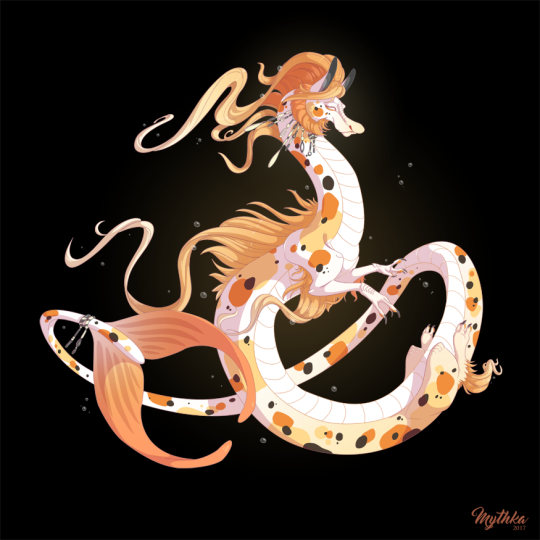
(Dragon artist here.)
2. Something very similar with a different set of species. It feels like these are connected. I don't have shifts of these species, yet they feel more like some of the animals from my ⎇ tag. Very definitely not me, but so strongly reminiscent of something that is me that I have felt tempted to question them just to work out my feeling surrounding them.

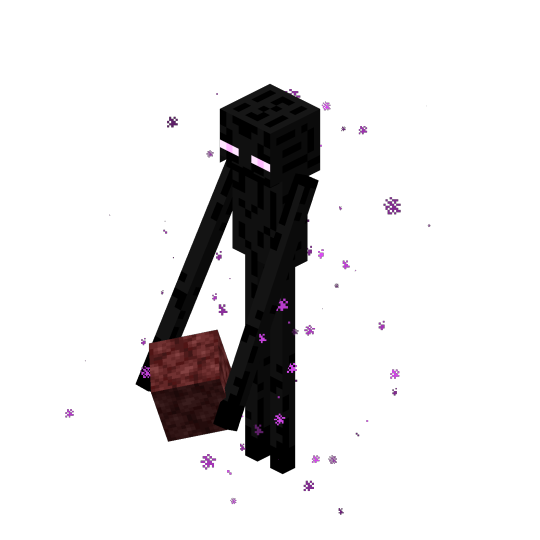

I also wonder if it's at all related to my stronger-than-usual feelings surrounding a recurring fictionflicker, the Knight/Shade Lord.

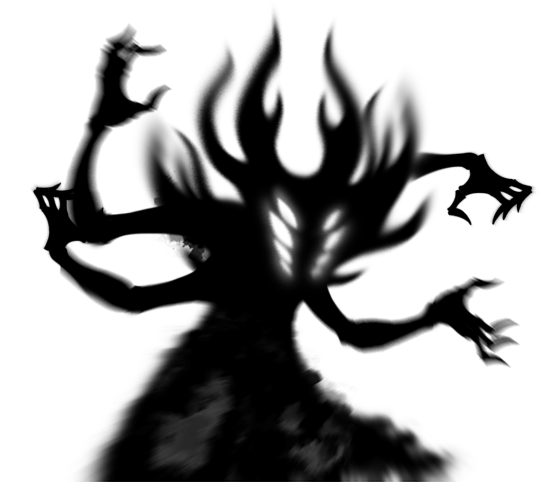
3. This... like, is it otherhearted? A hearthome? Could I be conceptkin? Or am I some kind of being or entity that is related to fall but not Literally Fall Itself?
4. And on that note, this too. I know I am an alien who is literally kind of a star, but it's kind of a thing where like, if I was the kind of person inclined toward a homebrew religious practice, I'd worship the stars. It feels alterhuman in nature to me. Or maybe even spiritual. Kind of space in general if I'm being honest. And time.
5. What is going on with the computer program kintype. The fuck
6. Could any of these possibly be related to each other. Could it be possible that the answer to, say, #2 is the same answer as #3 or 4. Or the same answer as to a question I already mistakenly think I know the answer to... like Link, or my alien kintype or my being a ghost
7. Figure out how to explain to everyone that I'm actually... not ghostkin.
8. I am still not 100% sure whether I'm a cinereous vulture or not. I'm leaning toward yes but I'd like to nail that down as a definite.
All that being said, I'm proud of how much progress I made on understanding my own identity in 2023. Since January I have:
1․ The big one -- I stopped trying to whittle my therianthropy down to just a socially acceptable 2-5 species. I accepted I am polytherian and that gave me so much space to breathe, and to question in existential freedom rather than a cramped box.
2. Determined that I am not a common pillbug. I am a sea slater! Armadillidium vulgare → Ligia exotica. This feels so much more right and I'm excited and happy to have that.
3. Determined that I am not a Harris's hawk. I am a red-tailed hawk. Parabuteo uncinctus → Buteo jamaicensis kriderii. Yeah I made a whole thing about this when it happened... I pretty much just came out as basic.
4. Right at the end of the year (like a week ago lol) I learned about Megapterygius and everything clicked. Mosasaurus lemonnieri → Megapterygius wakayamaensis.
5. So I never actually announced this -- I think I just started posting as if I had before realizing I hadn't -- but I figured out what opossum species I actually am (it's one I had confirmed before but chickened out of in favor of a "cooler" species smh). Didelphis virginiana → Caluromysiops irrupta.
6. Determined that I'm a Musteloidea cladotherian, but I'm not a skunk. It's taxonomically complicated.
7. I confirmed two hearthomes this year. O'Neill cylinders, and the Pleistocene. I had already known about the one (the ocean), but I was restricted by what I had assumed the definition of hearthome was. It's a relatively new label. The discussion hasn't kicked off yet.
8. Determined I'm not just a ghost, but specifically an ibbur. This isn't a big long post explaining this, it's literally just a post saying "I'm an ibbur." I'll explain that bridge when I come to it.
#musings#decipherings#i'll probably be able to do this again next year... i'm always changing so g-ddamn much
15 notes
·
View notes
Text
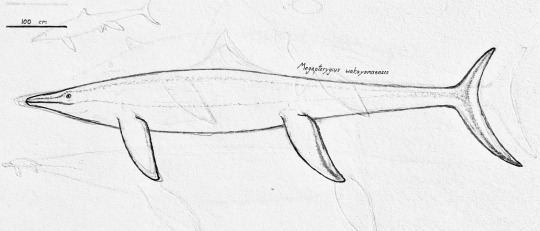

Two sketches of some recently described squamates: the long-finned mosasaur Megapterygius from Late Campanian/Early Maastrichtian Japan, and the little stem-gecko Helioscopos from Late Jurassic Utah.
4 notes
·
View notes
Text
Questo nuovo mosasauro del periodo cretaceo aveva pinne enormi a forma di ala
Il Megapterygius wakayamaensis aveva le dimensioni di un grande squalo bianco. Un nuovo genere e una nuova specie di mosasauro, chiamato Megapterygius wakayamaensis, sono stati identificati da uno scheletro in gran parte completo trovato nella prefettura di Wakayama, nel Giappone sud-occidentale. I mosasauri erano un gruppo di grandi rettili marini predatori che abitavano tutti gli oceani del…

View On WordPress
0 notes
Text
I'm a woodlouse so I think that's as mundanely uncommon as it gets, and, also, a cuscus. I am also the only person I've seen confirm a prehistoric animal as a theriotype basically as soon as it was discovered -- Megapterygius wakamayensis.
I would love to hear about everyone’s “uncommon” kin/theriotypes!
A rare species? An uncommon breed? A super niche cryptid? I want to hear alllll about it!
672 notes
·
View notes